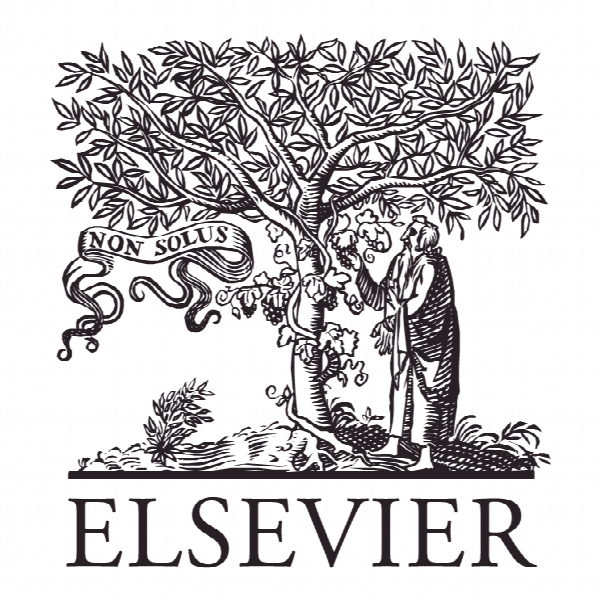آموزش حرکت به خدمات خرده فروشی آمریکا: انجمن آنلاین به عنوان پلت فرم فرهنگ پذیری مصرف کننده و سیستم های هدیه مصرف کننده Learning to navigate the American retail servicescape: Online forums as consumer acculturation platforms and consumer gift systems
- نوع فایل : کتاب
- زبان : انگلیسی
- ناشر : Elsevier
- چاپ و سال / کشور: 2017
توضیحات
رشته های مرتبط مدیریت
گرایش های مرتبط مدیریت دانش
مجله تحقیقات بازاریابی – Journal of Business Research
دانشگاه کالج مدیریت eller، آریزونا، ایالات متحده
نشریه نشریه الزویر
گرایش های مرتبط مدیریت دانش
مجله تحقیقات بازاریابی – Journal of Business Research
دانشگاه کالج مدیریت eller، آریزونا، ایالات متحده
نشریه نشریه الزویر
Description
1. Introduction More than half the countries in the world are multi-lingual (Van Vaerenbergh & Holmqvist, 2014), making it common to have services conducted in the service provider’s or service consumer’s second language. Complicating matters, the rules and norms that govern market exchanges are often not intuitive. Marketplaces in the United States are governed by a host of contradictory situational norms that can confuse even the savviest American consumers. In some retail circumstances consumers pay full asking price (i.e., grocers and department stores), haggle (i.e., automobiles, and bundled goods and services), bid (i.e., antiques and eBay), barter (i.e., co-operatives), and tip (i.e., restaurants and bars). Consumers may pay in advance, pay at the time of purchase, pay in installments, pay a third party over time, or even lease. A consumer is unlikely to have perfect market information, therefore, the most favorable price or “best deal” on a given product across stores is virtually unknown (Urbany, Dickson, & Sawyer, 2000). Consumers less familiar with the rules and norms of the American retail servicescape (i.e., immigrants and visitors) are at a severe disadvantage. Things are exponentially complicated when the service provider and service consumer do not share a common language; confusion and disengagement or market abandonment result. Conversely, a common language increases understanding of service roles and enhances willingness to engage, and firms that use the consumer’s native language increase positive word-of-mouth and efficacy in service recovery (Holmqvist & Grönroos, 2012). Prior research shows how language impacts interactions between providers and consumers and shapes service outcomes (Holmqvist, 2011), yet relatively little is known about how language in consumer-to-consumer interactions shapes service encounters and outcomes. We aim to illuminate the use of language within peer-to-peer market-oriented interactions and the impact of these interactions on service encounters. Immigrants account for 13.3% of the United States’ total population, which is the largest share in 105 years (Camarota & Zeigler, 2015). The Department of Homeland Security indicates that there were 160 million nonimmigrant admissions to the United States in 2010 (Monger & Mathews, 2011). They consist of foreign nationals granted temporary legal entrance and usually refer to business travelers, tourists, students, and temporary workers. These staggering figures only reflect legal, documented entrants. It is estimated in 2010, despite Homeland Security’s efforts, almost 11 million “unauthorized immigrants” reside in the US (Hoefer, Rytina, & Baker, 2011). Regardless of formal status, these immigrants, expatriates and foreign nationals must learn to navigate the intricacies of the American marketplaces and in many cases do not have fluency in English.


